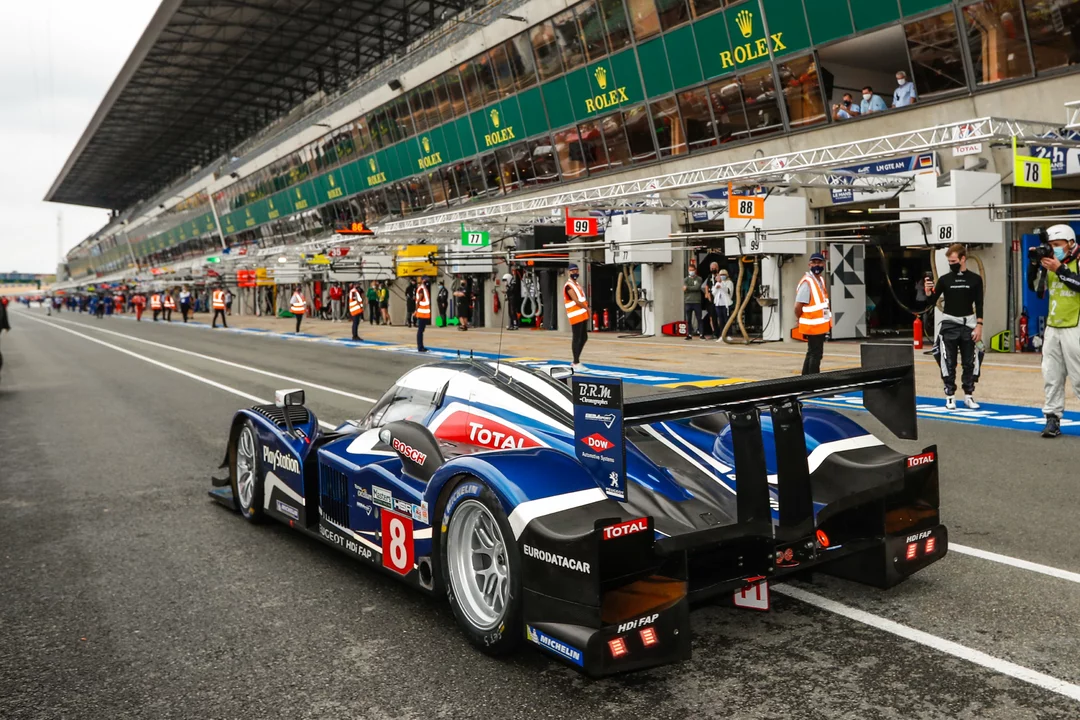Endurance Racing: The Basics, Biggest Races and How to Join the Action
Endurance racing isn’t just about speed – it’s about lasting a long time on a track while keeping the car fast and reliable. Think of races that run for 6, 12 or even 24 hours. Teams swap drivers, manage fuel and watch tire wear like a chess game on wheels.
Why Endurance Racing Is So Captivating
First off, the drama is constant. As hours pass, night turns to day, and the track conditions change, you see cars battling in every corner. It’s not just a sprint; it’s a marathon for machines and people. Drivers need stamina, engineers need quick fixes, and strategy decides the winner more often than outright speed.
Second, the teamwork is huge. A typical 24‑hour crew has three to four drivers, each doing stints of 1‑2 hours. While one driver rests, the pit crew changes tires, refuels and checks the car’s health. That collaboration creates a unique fan vibe – you root for the whole squad, not just a single driver.
Key Endurance Events You Should Know
The most famous race is the 24 Hours of Le Mans in France. Winners need a flawless mix of speed, reliability and clever pit stops. Other must‑see events include the Daytona 24‑Hour in the US, the Spa 24 Hours in Belgium and the Bathurst 12 Hour down under. Each track brings its own challenges – long straights at Le Mans, windy mountain roads at Spa and tight corners at Bathurst.
If you’re new, start by watching highlights or live streams. Notice how teams handle rain, how they decide when to push and when to conserve fuel. Those moments show the heart of endurance racing.
How Teams Prepare for a Long Race
Preparation begins months ahead. Engineers design cars with durability in mind – lighter materials, stronger brakes and efficient cooling systems. Test sessions simulate long runs so they can spot weak spots early.
Drivers train for both fitness and concentration. Sitting in a cockpit for hours while staying mentally sharp is tough, so they follow specific cardio routines and practice mindfulness to keep focus.
During the race, data is king. Sensors feed the pit wall with real‑time information on engine temperature, tyre wear and fuel consumption. The crew uses that data to decide when to pit, what tyres to fit and how fast each driver should push.
Getting Involved as a Fan or Amateur Racer
Fans can attend races in person – the atmosphere at a night stint is electric. If you can’t travel, many events offer virtual fan zones with live timing, driver interviews and behind‑the‑scenes footage.
For aspiring racers, look for local endurance series or club races. Many clubs run 4‑hour or 6‑hour events that mimic the big races but on a smaller scale. You’ll need a racing licence, a car that meets the class rules and a team willing to share the workload.
Start by reaching out to a nearby karting or amateur circuit. They often have mentorship programs that guide newcomers through the steps – from licence paperwork to first pit stop experience.
Endurance racing rewards patience, teamwork and a love for long‑haul competition. Whether you’re watching the Le Mans finish line lights flash or gearing up for your first 4‑hour club race, the excitement is real and the learning curve is steep – but the payoff is worth every lap.
Why is Le Mans a 24-hour race? Why is it so long?
- Landon Speedwell
- on May 5 2023
- 0 Comments
Le Mans is a 24-hour race to test the endurance and reliability of both cars and drivers, pushing their limits in a day-long marathon. This iconic event began in 1923 and has since become a symbol of the ultimate test of automotive technology and driver skill. The race's length emphasizes teamwork, strategy, and efficient energy management, which are crucial factors in motorsport. It also provides a unique spectacle for fans, as they get to witness the cars racing through day and night, with ever-changing weather conditions. In summary, Le Mans is a monumental challenge that showcases the best of motorsport in a thrilling 24-hour-long race.
